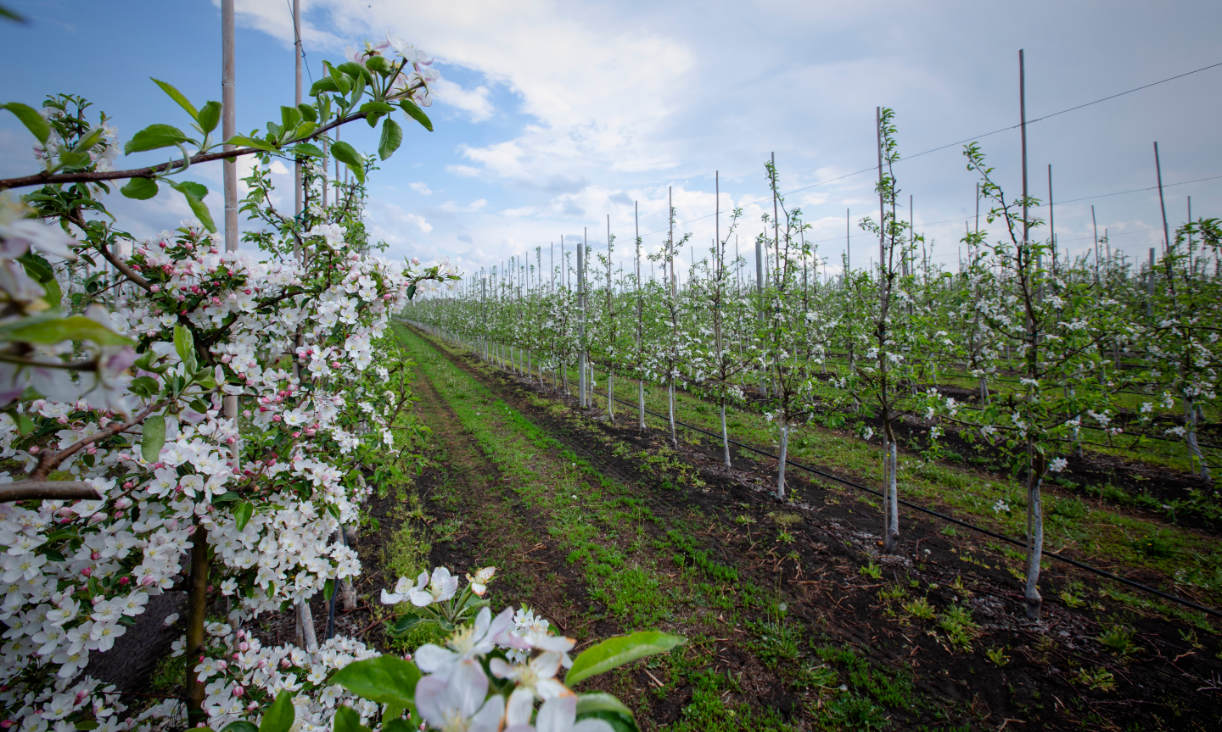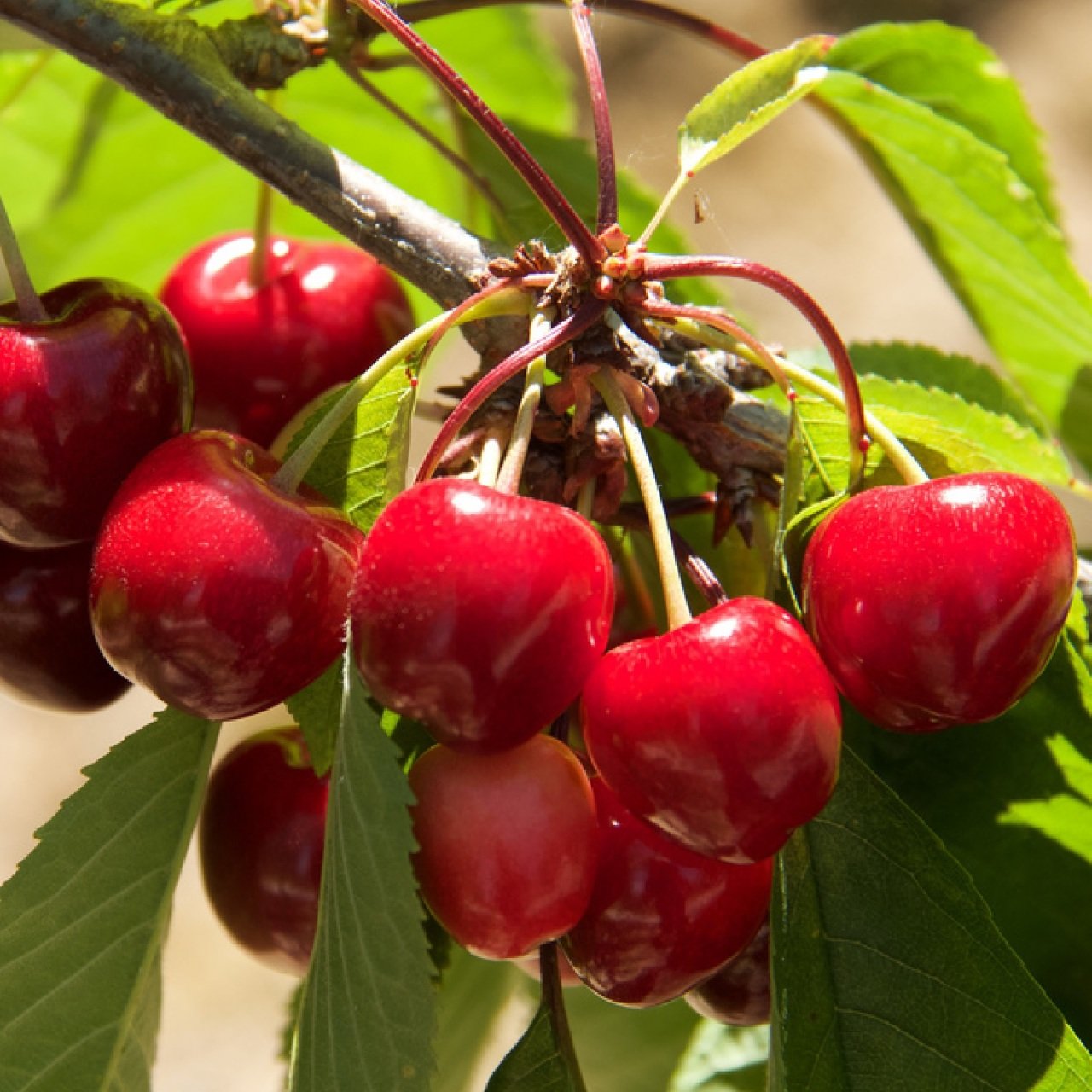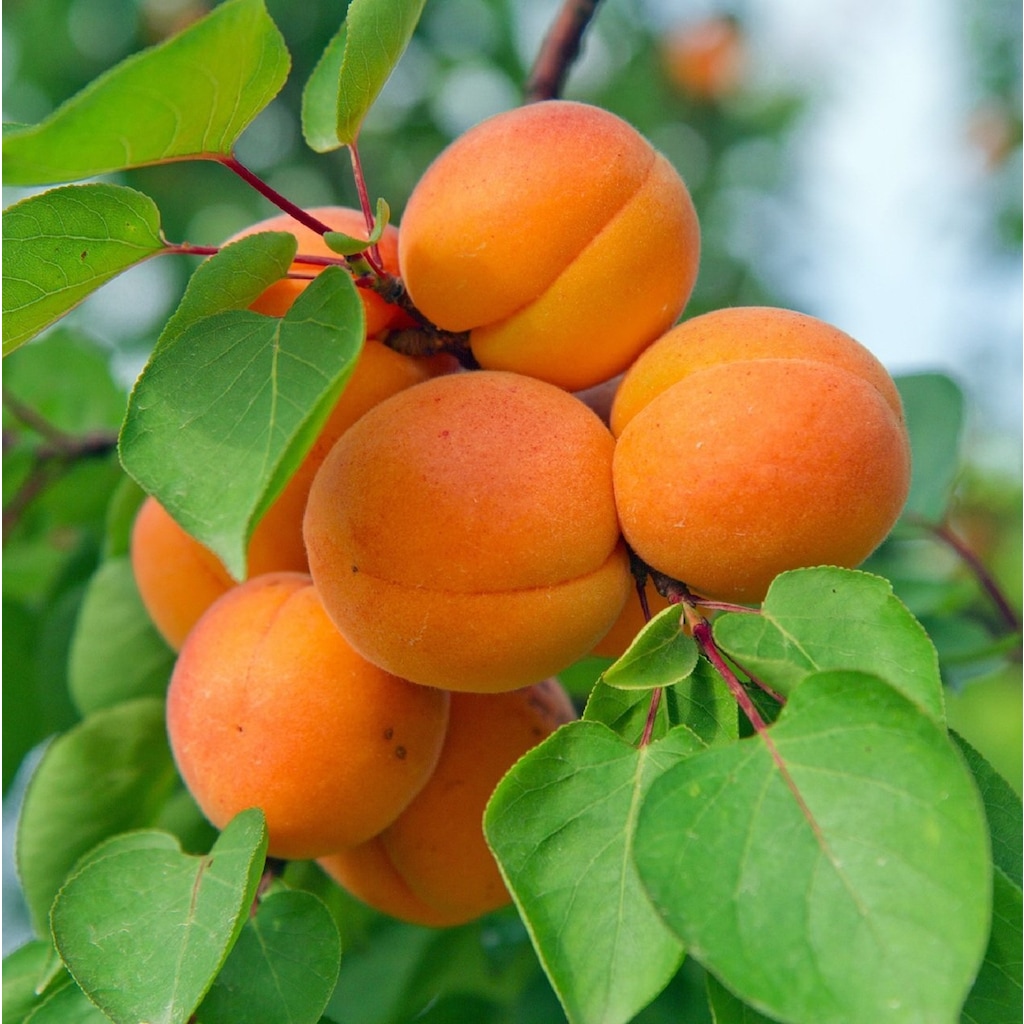Arboriculture and Garden Installation

PROJECT AND DESIGN CONSULTATION
Good quality when growing quality, healthy seedlings is of great importance. Therefore, it is not enough to grow seedlings only in quantity. To be successful in both afforestation and horticulture, it is important to grow seedlings that meet the standards.

First of all, the nursery must meet the requirements of the natural habitat of the species that will be grown. There will be no significant risk when choosing a site for a nursery if the seedlings grow naturally in the environment for many years. But if it is supposed to grow seedlings of those species that have never been grown on this site, then the habitat requirements of the species that will be grown in the seedlings and the environmental conditions in the territory of the candidate nursery should be well studied and compared.
Questions to consider when choosing a place for a plantation:
Location and type of plot: The plantation should be located close to the location of seedlings open for transportation in summer and winter, where there is electrical energy and communications, and it should be suitable for the operation of machines.
Climate: There should be a moderate climate, the growing season should be long, and the amount of rainfall should be in the desired amount.
Earth: Depth should be at least 120 cm, pH from 5.0 to 6.0 degrees. These values can sometimes reach 7-8 degrees of pH.
Water condition: 10 tons of water per day for arid areas and 5 tons of water for wet areas should be considered for sown areas.
Division into sections:
When dividing the plantation into sections, you should pay attention to the correct distribution of light and sun, useful for the plant. Care should be taken to ensure that planting plots and rows of replication extend from north to south. The division must be suitable for the operation of machines. If the territory of the plantation is suitable for equal division, each plot is created as 1 ha (100 mx 100 m).
Ways:
The sections and ring roads of the plantation should be wide enough so that they can be constantly driven into by existing machines, equipment and vehicles. As a rule, roads with a width of 3.5-4.0 meters are enough. However, the roads of the facilities should be wider (6.0 m). Wider roads should not be built to prevent land loss. It follows that on average 25% of the territory of the plantation is occupied by the roads of the plantation.

Alignment:
The plantation should be aligned so that you can comfortably work with the machine, to ensure the convenience and uniformity of watering and to prevent the appearance of surface puddles. When leveling, the natural flow should be in the direction of the slope and 1-2%. This slope should not exceed 5% in areas.
Drainage:
Drainage is designed to remove surface water from the plantation and to control the level of groundwater in such a way as not to impede the development of plants.
Most plants can withstand puddles on the soil surface and free water around the root for a certain period of time. As a result of a lack of oxygen in stagnant water, the plant dies. For this reason, if the plantation is not recommended due to drainage problems, then, if necessary, drainage becomes mandatory to remove excess water from the soil.
HEALTHY AND CERTIFICATED SEEDLINGS
- Our products are certified and grafted.
- Our saplings are offered for sale as tubed and open root depending on the season.
- When you purchase our saplings, the grower information will be transferred to you free of charge.
- In line with our customer satisfaction principle, the tracking of the saplings we sell is carried out by our Expert Team.
- It can be done by us in your garden analysis before planting the sapling.
PRODUCTION ADVISORY SERVICES AND OPERATION
LANDING:
Preparations in sapling planting areas vary according to the sapling type and land structure.
- Clean the weeds (forest plants) on the surface.
- Mark dry places correctly.
- The depth of the hole, the type of seedling, the structure of the crown from the characteristics of the earth vary. Be sure to note.
- Open your holes in the indicated sizes with working machines.
- Be sure to give additional mixtures depending on the properties of the emerging soil.
- Try to open your holes at least 3 months before planting.
- Work with measuring instruments in spacious areas.
- Correctly distribute the interval of work and the distance of the holes.
- Locate pollinators.
- Moisten the roots before planting.
- Use a measuring device on the surface of the hole (seedlings should not remain underground)
- Cover the soil properly.
- Apply the necessary fertilizer with water.
- In places where winter is harsh, cover after planting.
IRRIGATION:
The purpose of the irrigation program is to apply enough water for irrigation at the right time. Watering programs for orchards vary depending on the growing region, the stock used, the age of the trees, yield and soil structure. In order to draw up an irrigation program, it is first necessary to determine the water demand for the grown fruit, and then the irrigation time. The main purpose of irrigation programs is to ensure that irrigation is carried out before the moisture content in the soil drops to a critical moisture level defined for fruit trees. To prepare an irrigation program, you need to know the drought resistance of the rhizomes used in growing fruits. It should also be noted that trees with different crown widths (effective root depth, etc.) have different root systems and development.
FERTILIZER:
It is necessary to determine the type, quantity and time of use of the fertilizer: Fertilizer will be determined in accordance with the texture analysis of the soil, soil requirements, the age of the tree and the period of plant development.
CUT:
So that fruit trees form a smooth and strong crown, so that they give good and plentiful products for a long time, so that the trees become productive again, all processes of pruning, bending, buds, shoots and leaf removal applied to aboveground organs are called pruning.
Trimming Benefits:
- By organizing the quantity and distribution of the main branches on the trunk, fruit trees are provided to form a strong, neat and balanced crown.
- Helps fruit trees produce as quickly as possible.
- The tree is well provided with sunlight.
- With pruning, fruit size, quality and color increase.
- Controlled tree size and branch frequency
- Spraying efficiency may increase.
- Sick and dry branches will not interfere with development.
- The necessary gaps are created so that tools and equipment can work.
- Trees that have a low yield are rejuvenated by pruning and turn into productive trees.
- The number of fruit fruits continues to grow every year.
- Harvesting is facilitated.
SUPPORT SERVICES FOR DISEASES
You will receive free informational support from us to prevent the infection of your trees, fruit seedlings and nuts.
In case of any disease, we are ready to provide you with treatment methods and necessary applications for free.
TURN KEY PROJECT AND GARDEN INSTALLATION
You decide. We will suggest the most successful method for you and perform the installation on a turnkey basis.









